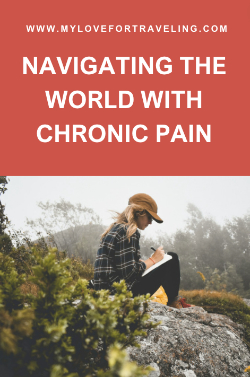
Navigating the World with Chronic Pain: The Power of a Travel Pain Journal
Traveling can be a thrilling and enriching experience, offering the chance to explore new cultures, cuisines, and landscapes. However, for people with chronic pain conditions such as Fibromyalgia or Ehlers-Danlos syndrome (EDS), the prospect of travel can also bring concerns about managing symptoms in unfamiliar environments. I know it did for me. So if you have chronic pains and are either new to traveling or your illness, this post is for you.
Of course you can delve into Google and attempt to gather as much information as possible. But if you haven’t been somewhere before, you sometimes don’t know what to search or prepare for, before your travels start. You simply can’t predict or anticipate everything.
In your journey of discovery, a pain journal can become an essential companion on your travels. Especially when you’re new to traveling with a chronic pain condition, and what comes along with it. It can provide insights into your pain patterns, triggers, and coping mechanisms.
Let’s explore how documenting your experiences can equip you to make informed decisions and enhance your upcoming travel adventures. Also check out one of my other articles: 8 tips for traveling with Fibromyalgia.
Understanding Chronic Pain
Chronic pain conditions like Fibromyalgia and Ehlers-Danlos syndrome are complex and often unpredictable. Symptoms can vary widely, involving widespread pain, fatigue, joint hypermobility, and conditions like postural orthostatic tachycardia syndrome (POTS). Traveling with these conditions requires planning and a proactive approach to managing symptoms.
Have a good time
Of course, the primary objective while traveling is to have a good time! A bit of discomfort now and then is manageable; after all, some level of resilience to pain is essential if you want to keep exploring the world and go on adventures. And you don’t have to document every minor detail; it shouldn’t become a burdensome task. However, when you’re facing increased pain, it could be beneficial to note your activities, meals, weather or even actions you excluded that day, to identify potential triggers. Perhaps your usual morning exercises were skipped due to time constraints. Or you indulged in food from a roadside stall or embarked on a canopy walk. Choices that, in retrospect, might not have been the best ideas.
Make smart choices
Keeping track of these things has helped me a lot to figure out what works well for both me and my partner. For example when it comes down to deciding which day tours to book, what our needs are with regard to hotel rooms (such as ample space for specific floor exercises), avoiding travel to Asia during the rainy season, and refraining from extensive hikes – even if it means missing out on certain scenic views we desire to see. The key is to make informed choices and consistently monitor your health for a smarter and more enjoyable travel experience.
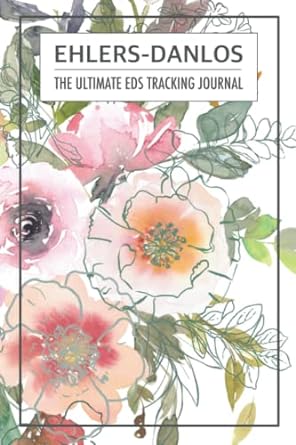
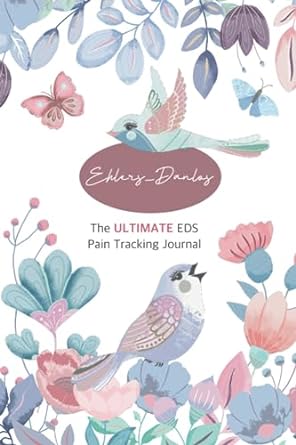
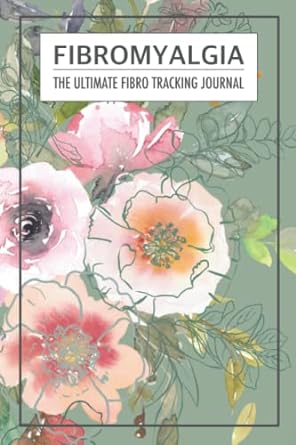
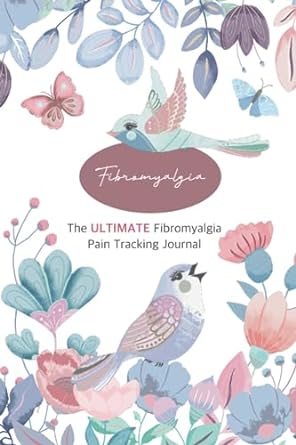
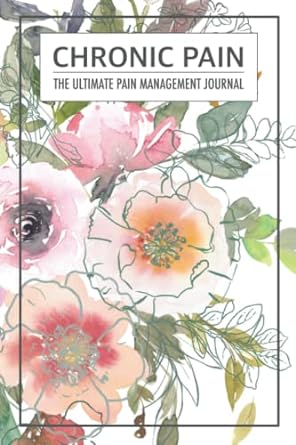
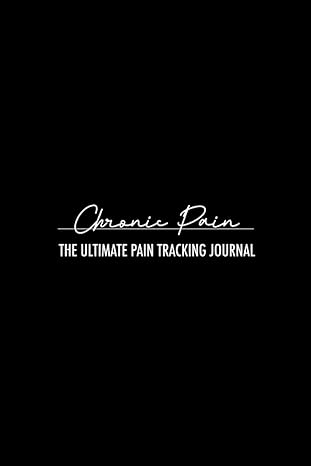
The Power of a Travel Pain Journal
Tracking Pain Symptoms
Keeping a detailed record of your pain symptoms is crucial for understanding your condition and identifying potential triggers. Note the intensity, location, and type of pain. And also, take note of particular activities or surroundings that could either worsen or relieve your symptoms. This information can be invaluable when planning your (next) itinerary or adjusting your activities on the go.
Monitoring POTS Symptoms
People with EDS may also experience POTS, a condition affecting blood circulation. Documenting changes in heart rate, dizziness, or lightheadedness during different activities and environments can help you recognize patterns. And maybe make you want to change some of your plans. Or opt out of certain activities.
Recording Activities
Documenting daily activities while traveling, allows you to identify patterns that may contribute to your pain or discomfort. Things like walking, standing, cycling, sitting. And evaluate how these activities impact your symptoms. Adjusting your itinerary based on your activity patterns can make a significant difference in managing your pain during your travels.
Personally, spending the entire day either walking or sitting doesn’t work well for me. I find it essential to mix things up a bit. Engaging in any activity for an extended period, be it walking, standing, or sitting, is not ideal for circulation and various other reasons.
Considering Weather Conditions
Changes in weather can have a substantial impact on people with chronic pain. Record the weather conditions during your travels, and note any correlations with changes in your symptoms. This information can be useful in selecting (future) destinations with more favorable climates. Or for planning indoor activities during challenging weather. In general, humid weather is not favorable for keeping pain levels low; it affects the body in various ways. However, individual responses vary, and not everyone with a chronic pain condition will experience a similar escalation in discomfort.
Also check out my article about: Fibromyalgia and traveling to warm climates.
Evaluating Stress Levels
Stress is a known trigger for many chronic pain conditions. Use your pain journal to assess stress levels during different phases of your journey.
Recognize stressors specific to travel, such as navigating airports or adapting to new time zones or climate. Creating successful approaches to alleviate these stressors is essential for maintaining your overall well-being during your travels. Consider implementing adequate rest periods between activities or going from one place to another. And maybe if you’re into it, incorporate mindfulness exercises. Additionally, always staying hydrated and maintaining a consistent sleep schedule can contribute to a smoother adaptation and minimize the impact of travel-related stress on your physical and mental health.
While leaving space for spontaneous activities and ideas is important. Personally, having a well-structured plan is good for my stress level. Having a clear understanding of what I am about to engage in, provides a sense of tranquility in my mind. And planning things up front, gives me time to think about it and make good choices.
Documenting Diet and Nutrition
Certain foods may influence pain and inflammation, a factor you may already monitor in your daily life at home. Tracking this provides insights into what may induce inflammation or increase pain. However, when traveling to other countries, you may encounter unfamiliar ingredients that differ from what you’re accustomed to. And could potentially act as triggers. Recording your dietary choices during your travels, and paying attention to how they correspond with changes in your symptoms, could guide your food choices while on the road. And help you maintain a diet that supports your overall well-being.
Conclusion
Keeping a Pain Journal during your travels, is not just a record of your experiences; it is a tool that empowers you to take control of your chronic pain while exploring the world. By tracking symptoms, activities, weather, food, stress and other factors, you can draw valuable conclusions that enhance your understanding of your condition. Armed with this knowledge, you can make informed decisions, plan travel itineraries that suit your needs, and pave the way for more enjoyable and manageable adventures. Keep in mind that your travel pain journal serves as a personal guide, ensuring that your chronic pain doesn’t restrict the horizons of your exploration.
Pain Journals
Of course, you can track anything you fancy in a blank notebook. Yet, it can get a bit overwhelming, and sometimes, you might not even know where to begin. If you’re seeking some guidance and assistance in keeping tabs on crucial matters, consider purchasing a pain journal. Tailor-made for tracking chronic pain symptoms, it can make tracking chronic pain symptoms much smoother.
Explore the pain journals I’ve created, they are available on Amazon. Featuring various covers and extensive tracking capabilities. Read the description to understand the wide range of elements you can monitor. Personally benefiting from this tracking method, I truly hope it will be helpful to others too. I also have a couple of less elaborate pain journals available. So you can pick what best suits your needs.




Like this article? Pin it!
